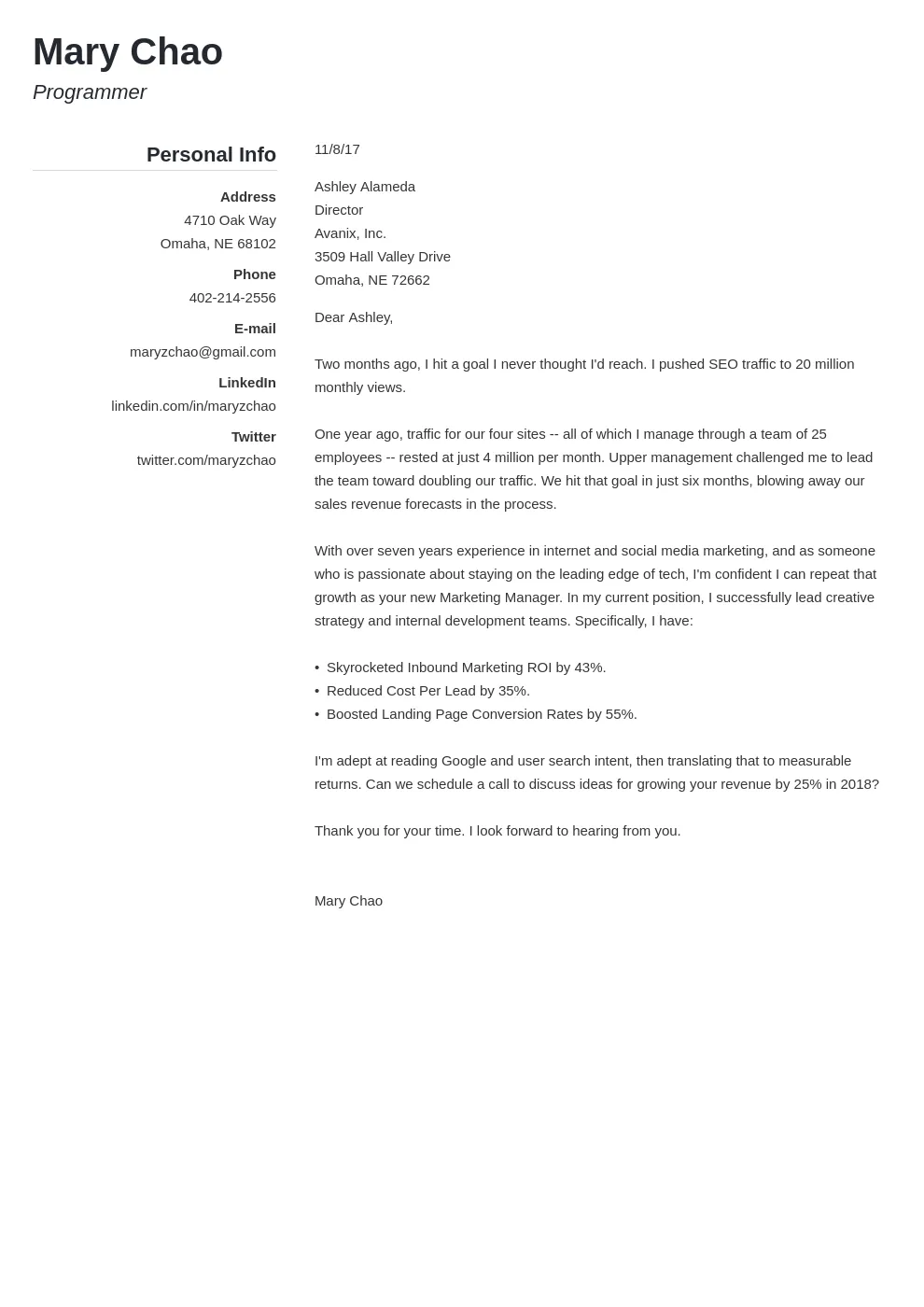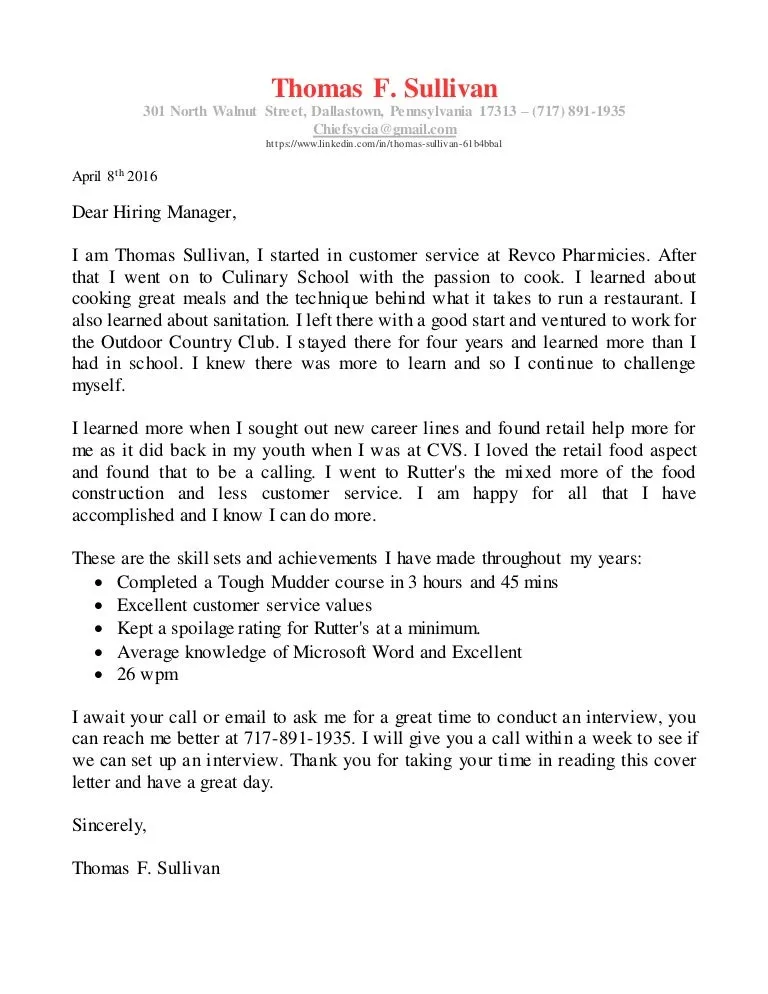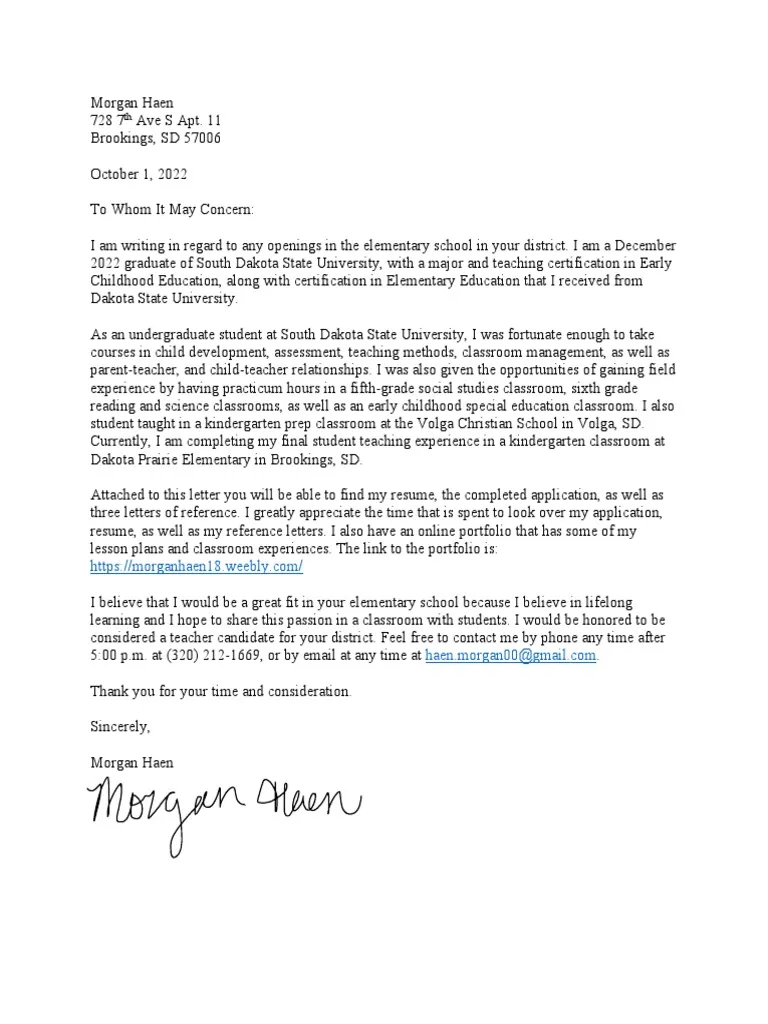Why Cover Letters Still Matter
In today’s competitive job market, a well-crafted cover letter can be your secret weapon. While resumes provide a snapshot of your experience and skills, a cover letter allows you to tell your story, express your enthusiasm for the role, and demonstrate how your unique abilities align with the company’s needs. It’s an opportunity to go beyond the bullet points and showcase your personality, communication skills, and genuine interest in the position. Many hiring managers still value cover letters, as they provide context and insight that a resume alone cannot. A compelling cover letter can significantly increase your chances of landing an interview, making it a crucial element of any job application strategy. Ignoring this opportunity means potentially missing out on showcasing your qualifications and making a lasting impression. It’s a chance to make a connection before the interview stage.
Highlighting Your Key Skills
Your cover letter is the perfect place to highlight the skills most relevant to the job you are applying for. Carefully review the job description and identify the key skills and requirements the employer is seeking. Then, use your cover letter to provide specific examples of how you have demonstrated these skills in previous roles or projects. This could be a project that showcases your project management prowess, or teamwork demonstrated in solving complex problems. Use action verbs to describe your accomplishments and quantify your results whenever possible. Instead of simply listing your skills, show how you’ve used them to achieve positive outcomes. This targeted approach helps the hiring manager quickly understand your value proposition and why you are a strong fit for the position. Make sure to align your highlighted skills to the listed job description.
Tailoring Your Letter to the Job

Generic cover letters are easily recognizable and often end up in the rejection pile. To make a strong impression, tailor each cover letter to the specific job and company. Research the company’s mission, values, and recent projects to understand their needs and priorities. Then, use your cover letter to demonstrate how your skills and experiences align with their requirements. Avoid using a one-size-fits-all template, and instead, customize your letter to reflect the unique aspects of each opportunity. Mention specific details from the job description and explain how your background makes you a good match for the role. Personalize your letter by addressing the hiring manager by name, if possible, and expressing genuine enthusiasm for the company. The extra effort will show that you’re genuinely interested in the position and have taken the time to understand their needs.
Researching the Company
Before you even start writing your cover letter, take the time to research the company thoroughly. Visit their website, read their mission statement, and explore their social media profiles to gain a deeper understanding of their culture and values. If possible, research the hiring manager or the team you would be working with. This research will help you personalize your cover letter and demonstrate your genuine interest in the company. When you mention the company in your cover letter, show them that you understand their business, their challenges, and their goals. This level of detail shows that you are prepared and have a real interest in the opportunity, setting you apart from the many applicants that simply send out generic letters. Demonstrating this understanding in your letter significantly increases your chances of getting noticed.
Showcasing Your Personality
Your cover letter is a chance to let your personality shine through. While maintaining a professional tone, use the letter to showcase your enthusiasm, passion, and unique perspective. Avoid sounding robotic or overly formal. Use your cover letter to tell a story, highlight your accomplishments, and explain why you’re excited about the opportunity. Be authentic and let your genuine personality come through. The best cover letters offer a glimpse into the real person behind the resume. Share anecdotes or personal details that illustrate your skills and demonstrate your character. By expressing your personality, you help the hiring manager connect with you on a personal level and see you as a potential team member. This approach helps you stand out and makes your application more memorable.
Formatting and Structure

A well-formatted cover letter is essential for making a positive first impression. Use a clean, professional font like Arial or Times New Roman. Ensure your letter is easy to read, with consistent spacing and margins. Structure your cover letter with a clear and logical flow. Begin with a strong opening paragraph that captures the reader’s attention. Then, provide a concise summary of your qualifications and experiences, highlighting your most relevant skills. In the main body, expand on your accomplishments and provide specific examples of your successes. Conclude with a call to action, expressing your enthusiasm for the position and your desire for an interview. The structure should be clear and organized, making it easy for the hiring manager to quickly grasp your qualifications and experience. Consider using bullet points or numbered lists to highlight key achievements and skills, improving readability.
Proofreading and Editing
Before submitting your cover letter, proofread and edit it carefully to eliminate any errors. Spelling mistakes, grammatical errors, and typos can undermine your credibility and make a negative impression. Read your cover letter aloud to catch any awkward phrasing or sentences that don’t flow smoothly. Ask a friend or family member to review your letter for any errors you may have missed. Pay close attention to detail and ensure that your cover letter is free of mistakes. Double-check the company name, the hiring manager’s name, and the job title to ensure accuracy. A polished and error-free cover letter demonstrates your attention to detail and your commitment to excellence. Thorough proofreading is a crucial step in creating a winning cover letter, so don’t skip this step.
Finalizing and Submitting Your Cover Letter
Once you’ve completed your cover letter, take a final look at the document and ensure that it is ready for submission. Save your cover letter as a PDF file, as this format preserves your formatting and prevents compatibility issues. Before submitting, double-check the job posting to confirm the application instructions and the preferred method of submission. If the job posting asks for your cover letter to be included in the body of your email, format the text professionally, and be sure to include your contact information. Ensure that your cover letter is concise, compelling, and tailored to the specific job and company. By following these steps, you’ll increase your chances of creating a cover letter that captures the hiring manager’s attention and helps you land an interview, propelling your career forward.
